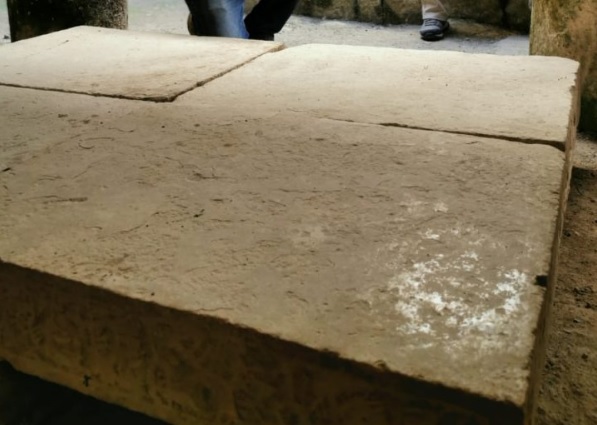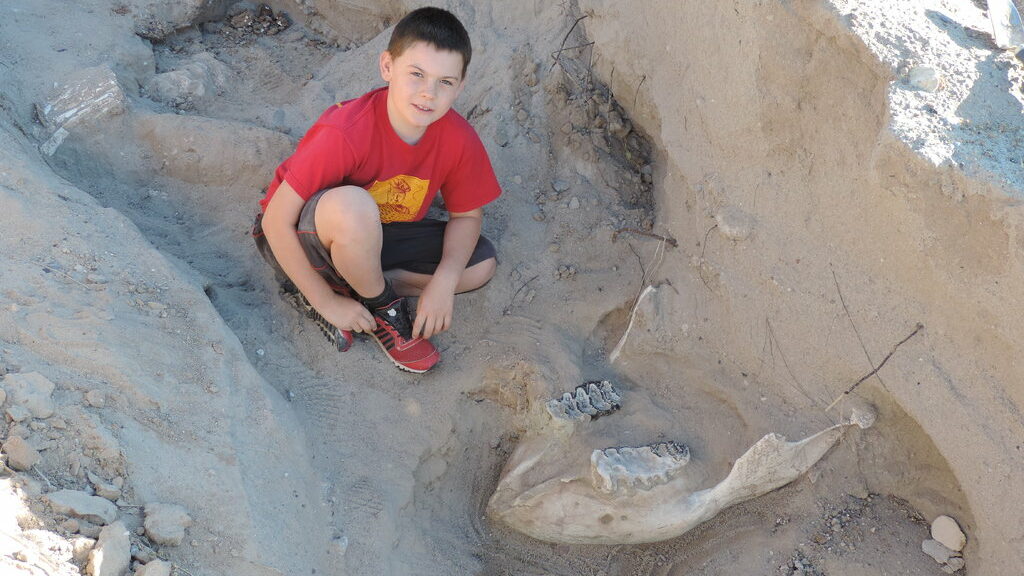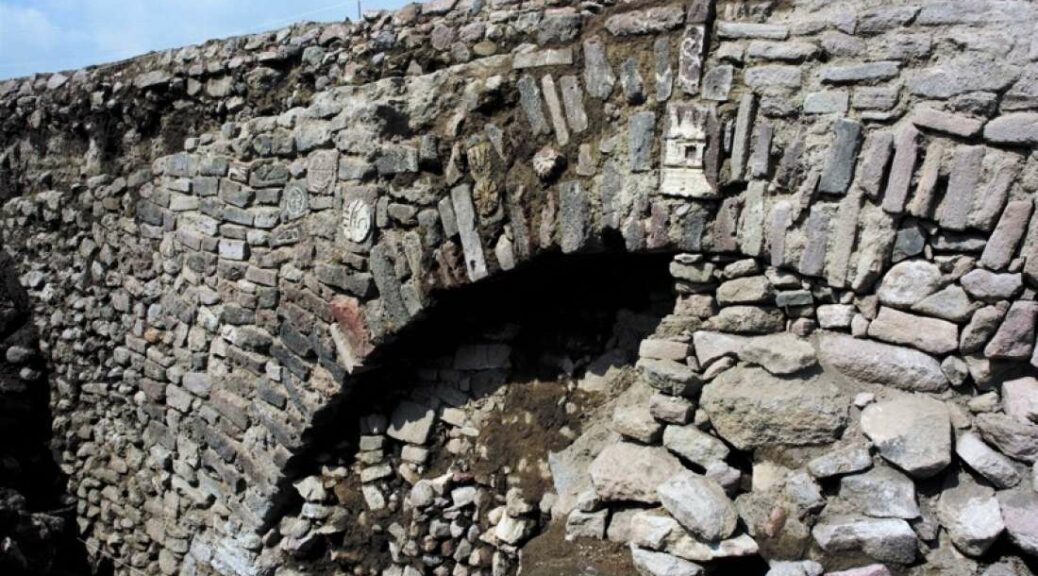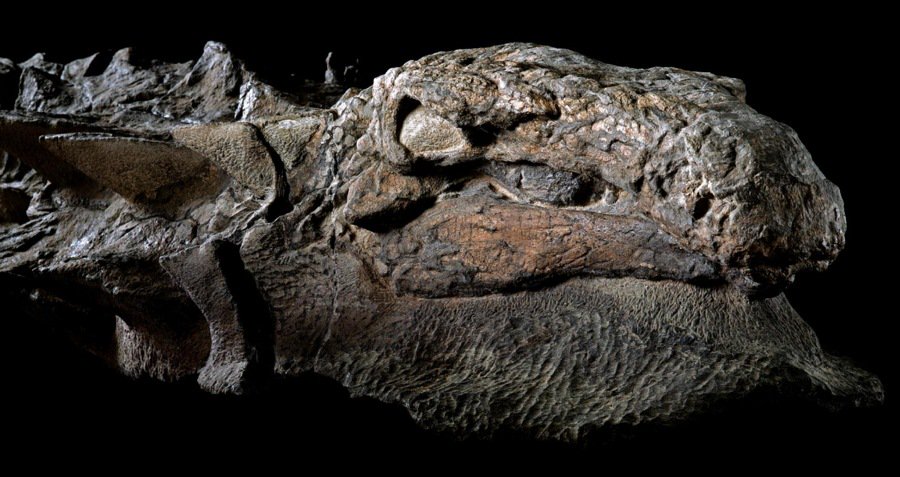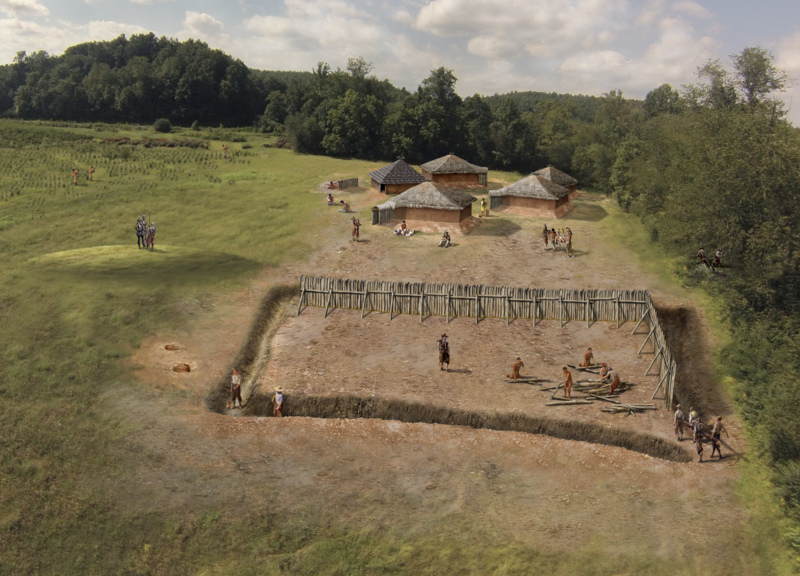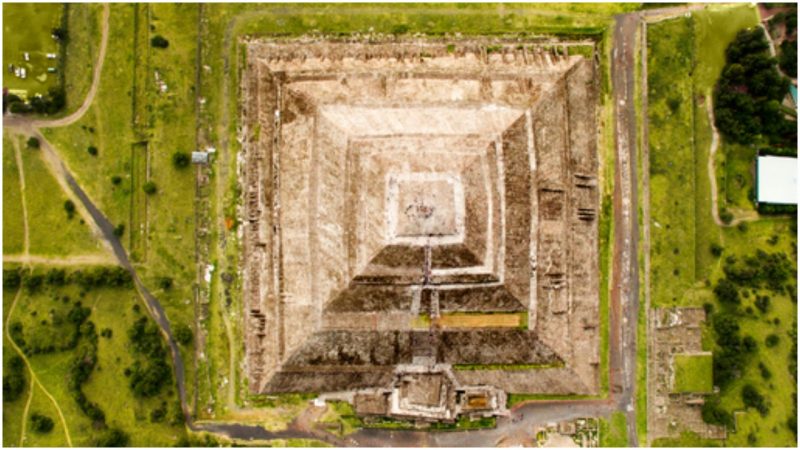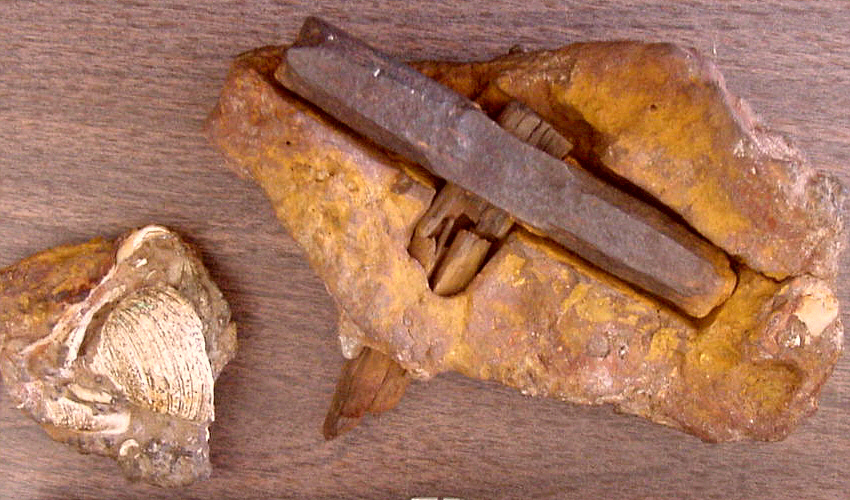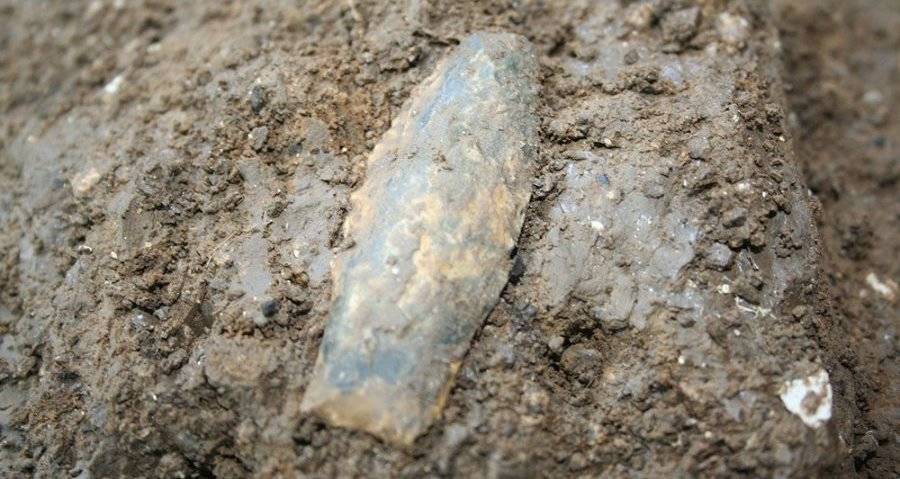Stone tables found in Chichen Itza reveal unknown information on the ancient Maya
According to a report in The Smithsonianmag, a team of archaeologists led by José Francisco Osorio León and Francisco Pérez Ruiz of Mexico’s National Institute of Anthropology and History has found 1,000-year-old pieces of a limestone table inscribed with hieroglyphs and human figures in the so-called Temple of the Snails at Chichen Itza.
Together, the stones measure about five feet long by four and one-half feet wide. The images include possible prisoners of war tied with ropes. Osorio León said the table was carved in Chichen Itza and moved to the Temple of the Snails from another location
The stones are buried at the Snails Temple in the Chichen Viejo region, which is built-in late-terminal classics (900-1000 AD), Osorio Leon commented.

He commented on this pre-Columbian piece “was reused as a table, that is, it does not correspond to the Temple of Snails, and although it was carved in Chichen Itza, the exact place where it was placed and subsequently taken to is unknown. It is thought that the stone table served as an altar”.
López Calzada carried out the supervision of the general conservation and restoration works of the archaeological zone, in its 2019 season, which has the objective of ensuring the state of conservation of the archaeological monuments, of this important World Cultural Heritage site.
The works are carried out in the area known as Chichen Viejo, which includes monumental buildings from the Terminal Classic and Early Postclassic periods.
The official explained that “they correspond to research and rescue of sectors of Chichén Itzá that included secondary cores adjacent to the central area, including the architectural group commonly known as ‘Chichén Viejo’.

The area where INAH – Yucatán specialists currently work is located 800 meters south of the ceremonial complex of Las Monjas in Chichén Itzá, and it is connected to the main archaeological area through Sacbé 25 and Sacbé 26.
He explained that it covers an area of 150 meters north-south by 125 meters east-west, and on a walled platform there are eight main structures, three platforms, and other housing complexes. The building has six accesses, the main one in the form of a large arch with a vault and rounded walls.
The project is directed by archaeologists José Francisco Osorio León and Francisco Pérez Ruiz, researchers attached to the INAH Yucatan Center.

In addition, archaeologists Abimael Josué Cu Pérez, Alfonso Emmanuel Argueta Estrada, Cesar Antonio Torres Ochoa, Nelda Issa Marengo Camacho, among others, are also participating in this project.
More than 50 workers from San Felipe Nuevo, Pisté, and Xcalacop communities in Tinúm are contributing to return the splendor to Chichen Itza with an investment of three million pesos.
The buildings that are intervened are the “Structure of the Stucco”, the “Temple of the Sacrifices”, the “Palace of the Columns”, and “The House of the Snails”, among others that will receive cleaning and general maintenance.
López Calzada added that between January and February of next year, the 2020 Season of the Chichen Itza Archaeological Project will begin, in which more than 60 workers will be employed.
